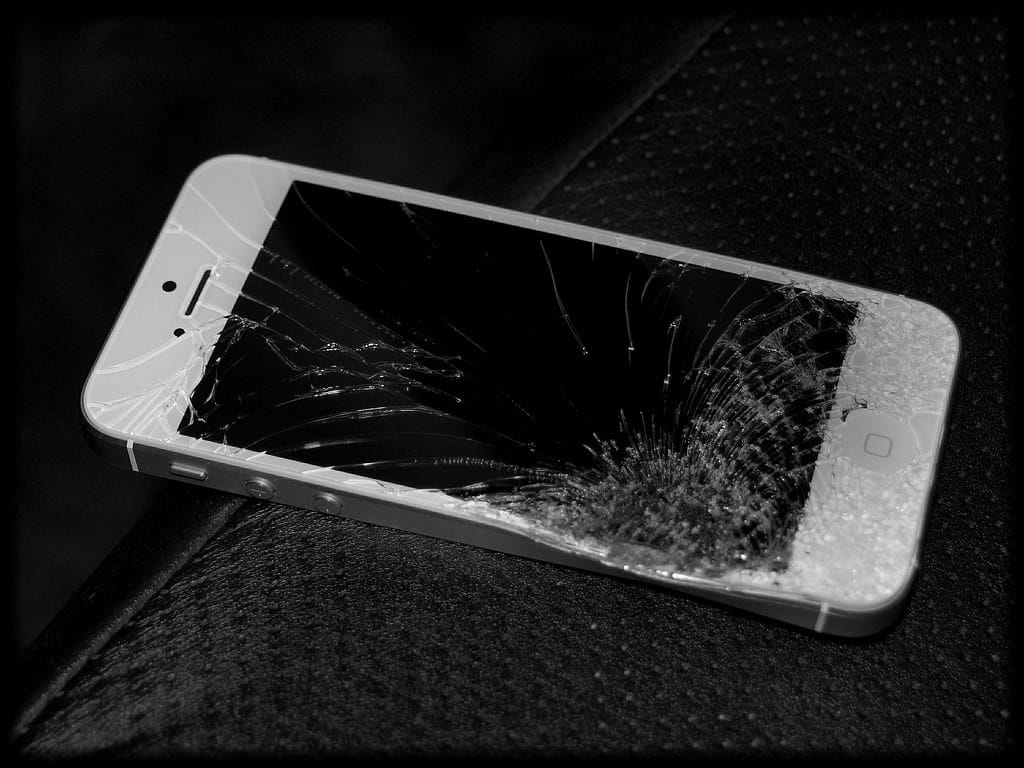Apple Officially Retires the Iconic 2013 Mac Pro and More: What "Vintage" Status Really Means
Apple has quietly added several beloved devices to its "vintage" products list, including the revolutionary 2013 Mac Pro, the 2019 MacBook Air, and its entire AirPort router lineup. This designation marks a significant milestone for these devices, fundamentally changing how Apple supports them and what users can expect going forward.
The Latest Vintage Additions
The tech giant's updated vintage list now includes some surprisingly recent devices. The 2013 Mac Pro, famously redesigned as a sleek cylindrical "trash can" that divided users and critics alike, has officially reached the end of its supported lifecycle. Joining it is the 2019 MacBook Air, which feels remarkably recent considering it was Apple's entry-level laptop just a few years ago.
Perhaps most notably, Apple has moved its entire AirPort product family—including the AirPort Express, AirPort Extreme, and AirPort Time Capsule—to vintage status. This decision effectively ends Apple's involvement in the consumer networking hardware market, a space it had occupied for nearly two decades.
Understanding Apple's Vintage Classification
When Apple labels a product as "vintage," it's not just nostalgia—it's a formal business designation with real consequences. According to Apple's support policies, vintage products are those that stopped being manufactured between five and seven years ago. Once a device hits the seven-year mark, it graduates to "obsolete" status, ending most support entirely.
For vintage products, Apple provides limited hardware service, but only if parts are still available. This creates a precarious situation for users who rely on these devices, as repair options become increasingly scarce and expensive.
The 2013 Mac Pro: A Design Revolution Gone Wrong
The 2013 Mac Pro represented Apple's bold attempt to reimagine professional computing. Its distinctive cylindrical design earned it the nickname "trash can" from critics, but the real issues ran deeper than aesthetics. The thermal design, while innovative, created bottlenecks that limited upgradeability—a crucial feature for professional users.
Many video editors, 3D artists, and other creative professionals found themselves frustrated by the device's limitations, leading to what some called Apple's "professional user exodus." The company eventually acknowledged these shortcomings, returning to a more traditional tower design with the 2019 Mac Pro.
MacBook Air 2019: The End of an Era
The inclusion of the 2019 MacBook Air might surprise many users, given its relatively recent vintage. This model represented the final iteration before Apple's transition to its own silicon chips, making it historically significant as the last Intel-based MacBook Air.
With its butterfly keyboard (later replaced due to reliability issues) and traditional Intel architecture, the 2019 MacBook Air now serves as a bridge between Apple's past and present. Users still relying on Intel-specific software or compatibility may find this transition particularly challenging.
AirPort's Final Farewell
Apple's decision to move all AirPort products to vintage status marks the definitive end of an era. The AirPort line, which began in 1999, helped establish Wi-Fi as a mainstream technology and provided many users with their first wireless networking experience.
The AirPort Time Capsule, in particular, offered an elegant solution for wireless backup that many users still prefer over cloud alternatives. With no modern Apple equivalent, users must now look to third-party solutions for their networking needs.
What This Means for Users
For current owners of these devices, vintage status brings both challenges and opportunities. While official support becomes limited, these devices often develop strong aftermarket communities. Third-party repair services, specialized parts suppliers, and user forums can extend device lifespans well beyond Apple's official support window.
However, users should begin planning for transitions. Security updates become less frequent, and compatibility with newer software and services may diminish over time.
Looking Forward
Apple's vintage designations reflect the company's rapid innovation cycle, but they also highlight the environmental and economic implications of planned obsolescence. As devices become more integrated and harder to repair, the vintage classification system becomes increasingly important for consumers making purchasing decisions.
For those still using these devices, the vintage designation serves as a clear signal: it's time to start planning your next upgrade, even if your current device still meets your needs perfectly.

